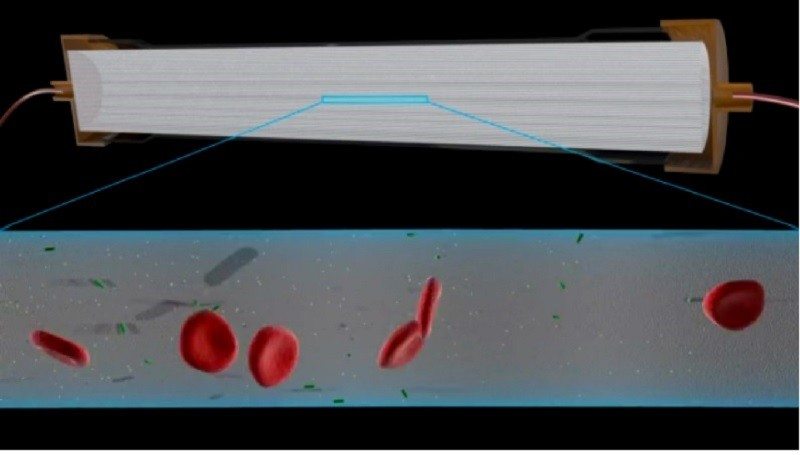A Portable Blood Cleanser Being Developed by Harvard Researchers
Christopher Files / 9 years ago

Science and tech are compatible with each other when it comes to developing new ideas for a variety of applications. This is certainly evident in the health sector which has seen a wide scope of innovations which in turn have been implemented to save lives.
Portability is essential and Harvard researchers are actively developing a machine which can filter pathogens from the blood, this newly proposed technique could offer hope for faster and more effective treatment for sepsis. This machine is nearing the point to which it could be clinically tested on sets of human control groups, which is crucial to the operation and further development of the device.
A prototype of this device has been tested on rats under lab conditions and the results have so far been rather encouraging, below is the current understanding of this machine.
“ It has been found the device which works in a similar way to the dialysis machines already used to filter the blood of patients with kidney failure, not only efficiently removes pathogenic material from the bloodstream but also works in concert with antibiotics to prevent a harmful immune response that can lead to organ malfunction and even death”.
The project which is being led by researchers at Harvard University’s Wyss Institute for Biologically Inspired Engineering, is part of an effort by the U.S. defence department to design a portable machine for treating soldiers in the field.
Sepsis is an incredibly dangerous and life threatening condition which is triggered by an infection, there is currently no effective therapy and the disorder kills millions of people around the world every year.
This device is potentially an exciting breakthrough in the search for a treatment to sepsis, what’s more exciting and potentially revolutionary is the new device removes pathogens regardless of their identity. It does this by using a genetically engineered blood protein that can bind to more than 90 varieties of harmful microorganisms, including bacteria, fungi, viruses, and parasites.
Let’s hope this machine can be successfully developed with the aim of rolling out to patients and not stocked for US defence use only. It’s exciting times to watch from afar as the boundaries of human health treatments are being pushed to a whole new technical level.
Thank you MIT and harvard.edu for providing us with this information.



















